 Clark House
Clark House
Entry Category: Buildings - Starting with C
 Clark House
Clark House
Clark House (Malvern)
 Joe Marsh and Maxine Clark House
Joe Marsh and Maxine Clark House
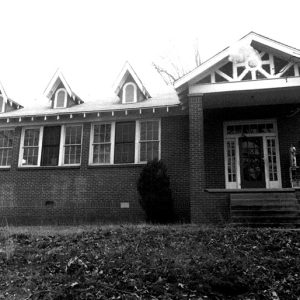 Clarksville High School Building No. 1
Clarksville High School Building No. 1
 Clarksville High School Building No. 1 (back)
Clarksville High School Building No. 1 (back)
 Clarksville National Guard Armory
Clarksville National Guard Armory
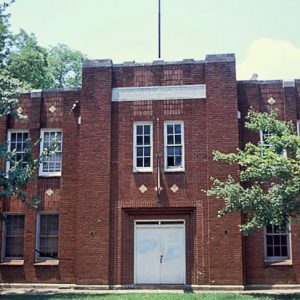 Clarksville National Guard Armory Entrance
Clarksville National Guard Armory Entrance
 Clarksville National Guard Armory
Clarksville National Guard Armory
Clayton House
aka: W. H. H. Clayton Home
Cleburne County Courthouse
 Cleburne County Courthouse
Cleburne County Courthouse
Cleveland County Courthouse
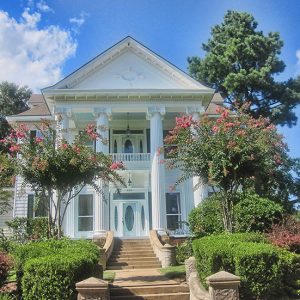 Clifton and Greening Streets Historic District
Clifton and Greening Streets Historic District
Clinton House Museum
 Clinton Presidential Library and Museum
Clinton Presidential Library and Museum
 Bill Clinton Boyhood Home
Bill Clinton Boyhood Home
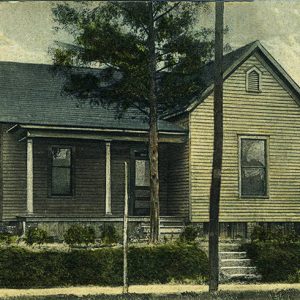 Coffin Home
Coffin Home
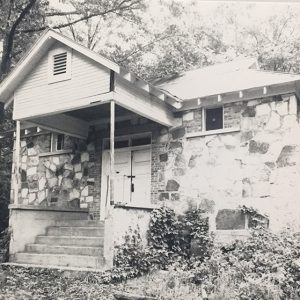 Cold Springs School
Cold Springs School
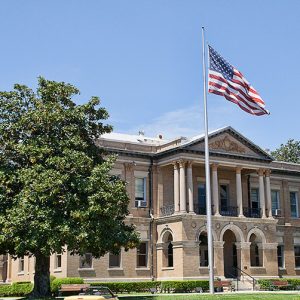 Columbia County Courthouse
Columbia County Courthouse
Confederate State Capitol Building (Hempstead County)
aka: Hempstead County Courthouse of 1836
Conway County Courthouse
Cook-Morrow House
Coolidge House
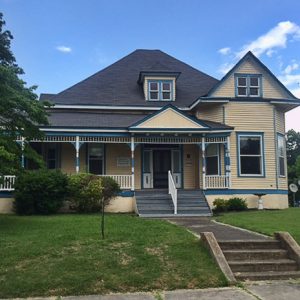 Coolidge House
Coolidge House
 Coolidge House
Coolidge House
Cornish House
 Cornish House
Cornish House
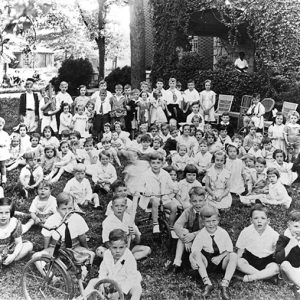 Cornish House Birthday Party
Cornish House Birthday Party
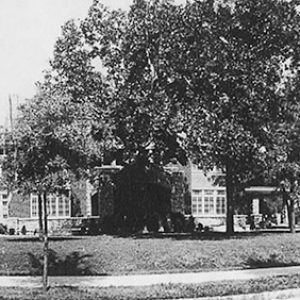 Cornish House
Cornish House
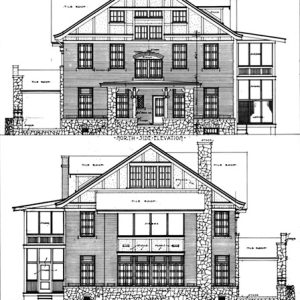 Cornish House Plans
Cornish House Plans
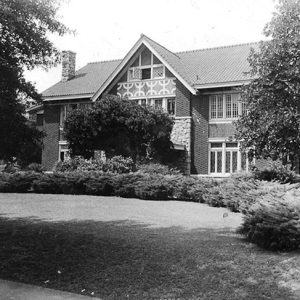 Cornish House
Cornish House
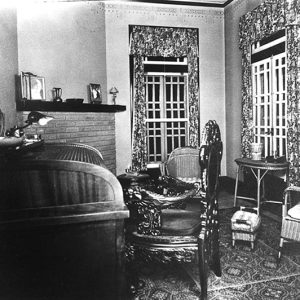 Cornish House Interior
Cornish House Interior
 Cornish House
Cornish House
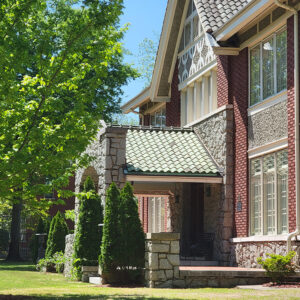 Cornish House Porch
Cornish House Porch
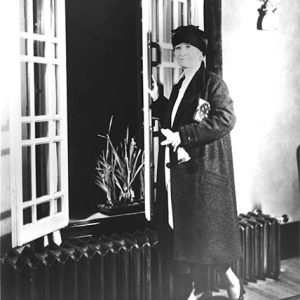 Hilda Cornish
Hilda Cornish
Cottage Courts Historic District
Cotton Belt Railroad Depot
Couch-Marshall House
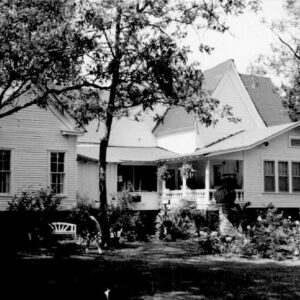 Couch-Marshall House
Couch-Marshall House
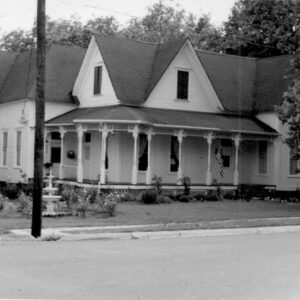 Couch-Marshall House
Couch-Marshall House
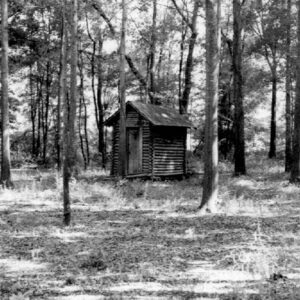 Couch-Marshall House Outbuilding
Couch-Marshall House Outbuilding
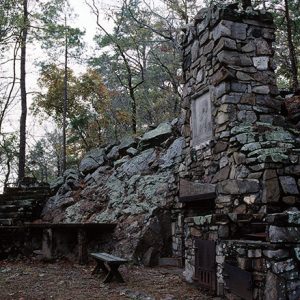 Couchwood Historic District
Couchwood Historic District
Cove Lake Bathhouse
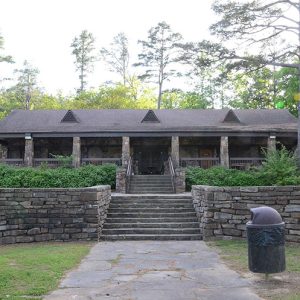 Cove Lake Bathhouse
Cove Lake Bathhouse
Craighead County Courthouse, Western District
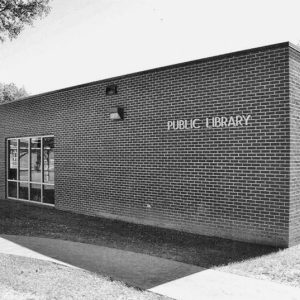 Craighead County Jonesboro Public Library
Craighead County Jonesboro Public Library
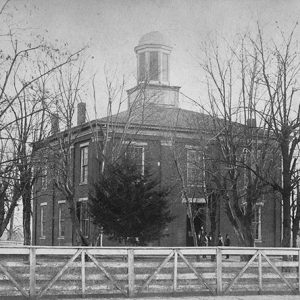 Crawford County Courthouse
Crawford County Courthouse
 Crescent Hotel
Crescent Hotel
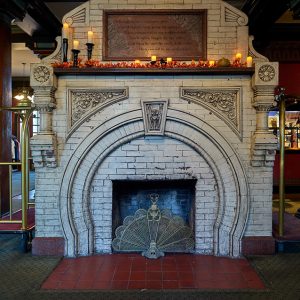 Crescent Hotel Fireplace
Crescent Hotel Fireplace




